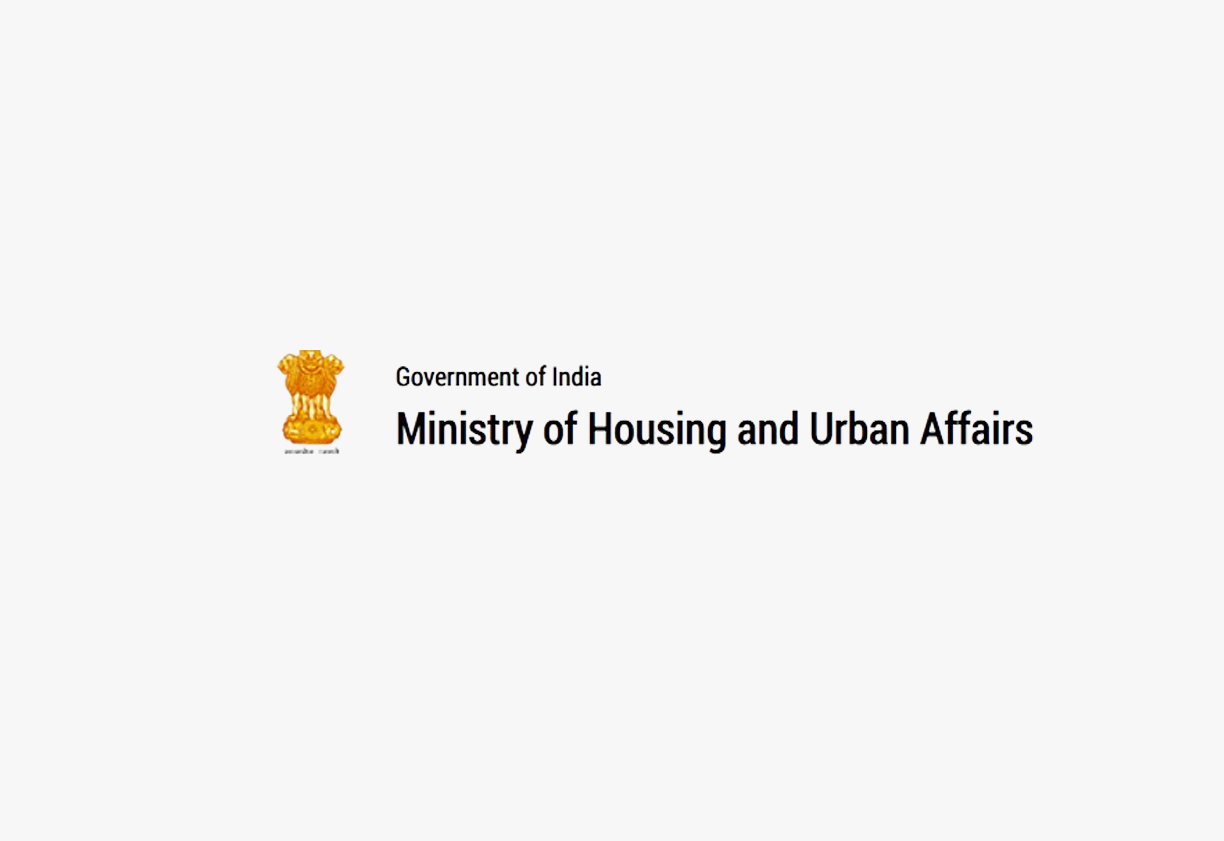Ministry of Housing and Urban Affairs
The Delhi (Urban Areas) Tenants’ Relief Act, 1961, was enacted to provide relief to tenants of land in the urban areas of the Union territory of Delhi, outlining specific grounds for ejectment and providing protection against unfair eviction.
1: Act Background and Ministry Under Which This Act Is:
The Delhi (Urban Areas) Tenants’ Relief Act, 1961, was enacted to provide relief to tenants of land in the urban areas of the Union territory of Delhi. This act aimed to address the vulnerabilities of tenants and to regulate the conditions under which they could be ejected from the land they occupied. The act falls under the administrative purview of the Ministry of Housing and Urban Affairs, which oversees matters related to urban housing and land rights. The ministry plays a crucial role in ensuring fair practices and protecting tenants’ rights.
2: Enactment Date, Number of Chapters, Number of Sections:
The Delhi (Urban Areas) Tenants’ Relief Act, 1961, was enacted on 28th August, 1961, and is known as Act No. 30 of 1961. The act does not have formal chapters, but is structured into 9 main sections. These sections cover various aspects such as definitions, grounds for ejectment, abatement of proceedings, restoration of land, rent regulations, and miscellaneous provisions. The act is relatively concise, focusing on specific issues related to tenant protection. The act has been amended over time to reflect changing requirements.
3: Act Governed By:
The Delhi (Urban Areas) Tenants’ Relief Act is governed by the Chief Commissioner of Delhi, who has the power to make rules and regulations under the Act. The act is governed by the provisions outlined within it, as well as rules and regulations framed by the Chief Commissioner. It is therefore a state authority oversight.
4: On Whom It Is Applicable:
The provisions of The Delhi (Urban Areas) Tenants’ Relief Act are applicable to landlords and tenants of land in specified urban areas of Delhi. The act ensures that all actions and activities are in accordance with the regulations outlined, as well as the Act’s mandate and guiding principles. The general public, especially tenants, are indirect beneficiaries of the Act’s provisions. The act’s focus is to protect tenants from unfair eviction.
5: Penalties/Punishments:
The Delhi (Urban Areas) Tenants’ Relief Act does not specifically lay down penalties or punishments for violation of its provisions. However, the act provides for mechanisms to ensure accountability, such as the power of the Chief Commissioner to make rules and regulations. The act ensures accountability through rules and regulations, emphasizing the proper management of tenant rights. This act therefore prioritizes good governance and public welfare.
6: Important Pointers:
-
Tenant Protection: The act provides protection to tenants against unfair ejectment from land.
-
Grounds for Ejectment: It specifies the grounds on which a tenant can be legally ejected from the land.
-
Abatement of Proceedings: It provides for the abatement of proceedings for ejectment that were pending before the act’s commencement.
-
Restoration of Land: It allows for the restoration of land to tenants in certain cases.
-
Rent Regulation: It regulates the amount of rent that can be charged.
-
Rule-Making Power: It empowers the Chief Commissioner to make rules for carrying out the purposes of the act.
-
Overriding Effect: It has an overriding effect on other laws, ensuring its primacy in matters of tenant protection. The act outlines clear definitions and procedures to handle tenant rights.
7: Act Copy:




